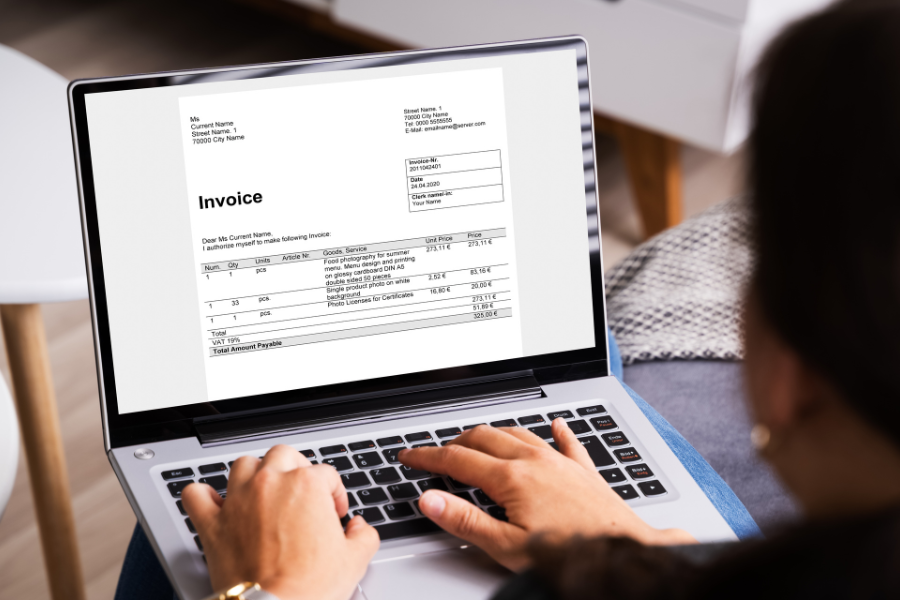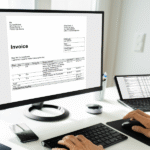As Malaysia advances towards full implementation of its e-Invoice system under Lembaga Hasil Dalam Negeri (LHDN), businesses must prepare for a more transparent and structured digital reporting environment. Among the most commonly misunderstood areas in this transition is the proper handling of vouchers both in operational systems and in tax reporting.
While vouchers are often seen as promotional or payment tools, under e-Invoicing they become financial instruments that must be correctly classified, tracked, and disclosed in every applicable transaction.
Drawing on over a decade of experience in finance transformation and digital tax compliance, this article outlines the four key best practices businesses should follow to ensure seamless and compliant voucher treatment under Malaysia’s e-Invoice regime.
1. Classify Vouchers Correctly: Refundable vs Non-Refundable
One of the most fundamental, but often overlooked, requirements is to classify vouchers based on their nature:
- Refundable vouchers (e.g., prepaid gift cards, credit balances) carry monetary value and are treated similarly to cash equivalents.
- Non-refundable vouchers (e.g., discount coupons, promotional vouchers) are considered marketing costs or revenue deductions.
Why is this important?
Because each type has a different tax and e-Invoice treatment:
- Refundable vouchers impact payment consideration and must be reported accordingly.
- Non-refundable vouchers typically reduce the taxable amount or sales revenue.
Best Practice:
Ensure that your voucher management or POS system enforces correct classification at the point of issuance and redemption. Tie each type to a specific GL account and tax rule to streamline reporting.
2. Track Expiry and Handle Refundable Voucher Expirations
Expired vouchers are particularly refundable ones and can distort both revenue and tax reporting if not addressed properly. Under e-Invoice obligations, there must be a clear digital trail of all adjustments, including those due to voucher expiry.
To stay compliant:
- Implement expiry tracking for each issued voucher
- Schedule automatic deactivation post-expiry
- For refundable vouchers, raise a credit note e-Invoice or equivalent adjustment entry to reverse unclaimed value
Best Practice:
Build workflows that alert users and customers of upcoming expirations and automate system-driven expiry handling. This improves transparency and reduces revenue misstatements.
3. Provide Clear Invoice Lines for Voucher Usage
The structure of the e-Invoice requires accurate breakdown of each transaction element. That includes how vouchers are applied.
For example, your e-Invoice should show:
- Voucher redemption amount as a separate line item
- Remaining balance (if it’s a partially used voucher)
- Final taxable amount after deductions
This level of detail is essential for both customer understanding and system-level validation by LHDN’s backend.
Best Practice:
Configure your invoicing templates to show voucher usage explicitly, especially when more than one voucher or payment method is involved. Avoid vague “discount” or “manual adjustment” lines.
4. Update POS and ERP Systems for Voucher-Aware e-Invoicing
Voucher compliance isn’t only a finance responsibility; it’s also a systems requirement. Your software must be able to:
- Identify voucher type at the point of sale
- Apply correct tax treatment and e-Invoice mapping
- Automatically generate e-Invoice fields in accordance with LHDN guidelines
This may require:
- Updating your POS and ERP logic
- Mapping vouchers to correct payment types
- Configuring API connections to auto-issue invoices with voucher usage
Best Practice:
Partner with your ERP vendor or IT integrator to ensure your voucher workflows are integrated into your e-Invoice module, don’t leave voucher logic as a manual exception process.
Final Thoughts: Small Fixes Now Prevent Big Compliance Gaps Later
Voucher handling might seem like an operational detail, but under Malaysia’s e-Invoice obligations, it becomes a test of how well your systems, finance processes, and tax logic align.
Whether you’re a retail chain issuing thousands of discount codes or a B2B service firm using prepaid credits, following these best practices ensures your voucher usage is:
– Tax-compliant
– Technically aligned with e-Invoice APIs
– Transparent and auditable
Don’t wait for enforcement dates to audit your voucher strategy. The time to act is now.
At Advintek , we empower businesses with e-Invoicing-ready solutions tailored to local and cross-border compliance needs. Our platforms are designed to simplify complexities; like voucher treatment so you can focus on growth, not regulatory headaches.









